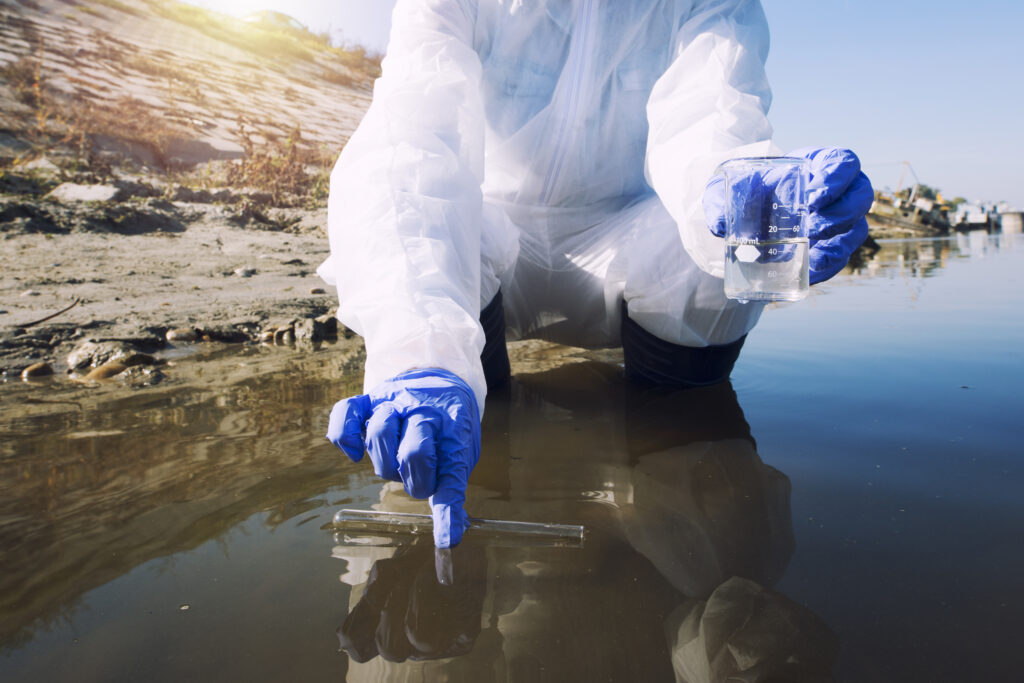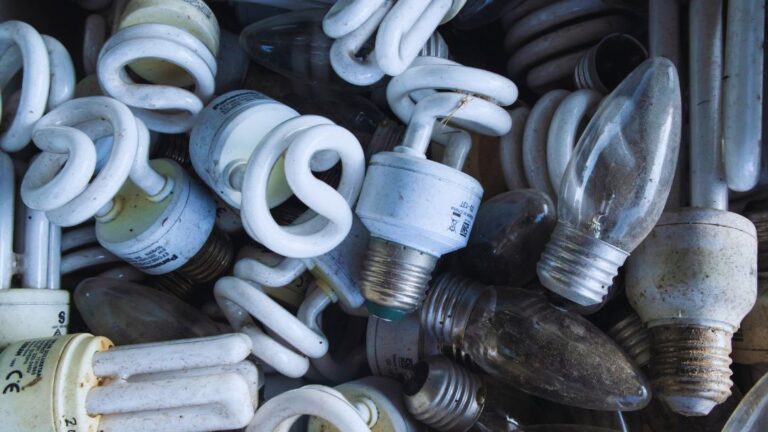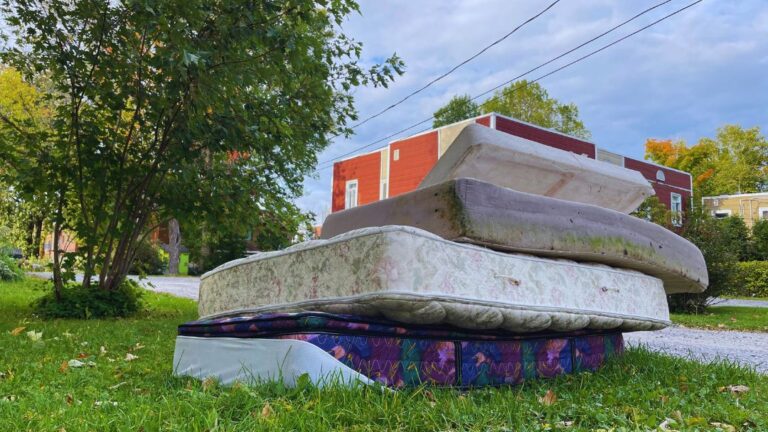Every industry deals with waste management, and liquid waste is a large part of that. Liquid waste disposal is an essential reality for manufacturing plants, aerospace operations, and biomedical research centers.
There are many methods for waste disposal, and the same goes for liquid waste. Handling liquid waste requires a good knowledge of the type of waste and the several methods to decide which works best. Here, we’ll look into liquid waste disposal types and their processes.
Liquid Waste Disposal Methods
Liquid waste includes all unwanted liquid materials from industrial processes: chemical solutions, oils, cooling water, process wastewater, paint residues, laboratory discharges, and cleaning fluids.
The Environmental Protection Agency reports that U.S. liquids make up a substantial portion of industrial waste yearly. If this amount of waste is poorly managed, it could lead to communal and global consequences such as:
- Water supply contamination
- Regulation violations
- Ecosystem damage
- Financial burdens
To avoid these and more, industries include plans for proper liquid waste disposal. Let’s take a look at 7 effective methods for liquid waste disposal that help facilities maintain compliance while safeguarding their financial interests and environmental responsibilities.
1. Sedimentation and Dewatering
Most time, liquid wastes are still mixed up with solid wastes, and they are usually processed differently. Sedimentation or dewatering are suitable methods to achieve the disposal of wastewater containing suspended solids. Sedimentation uses gravity to separate particles from liquid, with heavier materials settling to the bottom of treatment tanks.
The sedimentation process typically follows these stages:
| Stage | Description | Benefits |
| Primary Sedimentation | Slowed water flow in large tanks allows solids to settle | Removes 50-70% of suspended solids |
| Clarification | Further separation as smaller particles continue settling | Enhances downstream treatment results |
| Dewatering | Mechanical water removal from concentrated sludge | Cuts volume by 60-85% |
Different kinds of equipment can be involved in dewatering, from drying beds to geobags, and even centrifuges, commonly used in centrifugal dewatering. The process decreases waste volume significantly.
2. Chemical Treatment
Sometimes, the difficult part of liquid waste disposal is its toxicity. This makes it so that they can’t just be dumped anywhere or processed for any form of waste recycling. Through chemical treatment, you can convert the contained substances to safer forms for disposal. These approaches work particularly well for industrial wastewater containing heavy metals, toxic compounds, or pH extremes.
| Treatment Method | Application | Process |
| Neutralization | pH adjustment | Bringing the waste’s pH to an acceptable range (usually 6-9) |
| Precipitation | Metal removal | Chemical additives react with dissolved metals to create filterable solids |
| Oxidation/Reduction | Detoxification | Chemical processes alter the contaminants’ electronic structure |
| Coagulation/Flocculation | Particle removal | Chemicals cause small particles to form larger, removable clumps |
When it comes to chemical treatment, the following should be considered:
- Contaminants present
- Waste volumes
- Available space
- Staff capabilities
- Discharge regulations.
3. Biological Treatment Systems
Biological treatments are done to break down organic contaminants in liquid waste. These systems are necessary for industries producing biodegradable waste with high biochemical oxygen demand (BOD) or chemical oxygen demand (COD). It involves the use of natural microbial processes for degradation.
Two main approaches exist:
Aerobic Treatment
These systems add oxygen to support bacteria that consume organic matter:
| System Type | Description | Best Applications |
| Activated Sludge Process | Bacteria-rich mixture works in aeration tanks | Variable concentration waste streams |
| Moving Bed Biofilm Reactors | Bacteria grow on plastic media while breaking down waste | Facilities with limited space |
| Membrane Bioreactors | Combines biological processes with membrane filtration | When high-quality output is needed |
Anaerobic Treatment
These systems work without oxygen, using bacteria that produce methane:
| System Type | Description | Best Applications |
| Upflow Anaerobic Sludge Blanket | Waste flows up through bacterial granule layers | Strong organic waste streams |
| Anaerobic Digesters | Sealed tanks where bacteria break down organics | When energy recovery matters |
4. Advanced Filtration and Membrane Technologies
Filtration is a traditional method, but it has undergone advancements in modern day, and it is very reliable in liquid waste disposal. These systems remove contaminants ranging from visible particles to dissolved molecules, making them valuable for facilities requiring clean discharge or water reuse.
The new technologies involve the use of Microfiltration, Ultrafiltration, Nanofiltration, and even reverse osmosis, all able to remove particles of minute size from water. This way, the liquid is suitable for other processes.
To decide which technology to opt for, you should consider factors such as:
- Removal requirements
- Energy usage
- Membrane fouling issues
- Maintenance needs
- Overall costs.
5. Evaporation and Thermal Treatment
Some liquid waste streams, particularly those with high dissolved solid concentrations or difficult contaminants, respond best to thermal treatments. These methods apply heat to separate water from contaminants or destroy harmful organic compounds.
| Method | Operating Temperature | Ideal Applications |
| Evaporation | 100-180°F | Wastes with high dissolved solids |
| Incineration | Above 1,800°F | Organic contaminants requiring destruction |
| Wet Air Oxidation | 300-600°F | Non-combustible organic wastes |
| Thermal Desorption | Variable | Wastes with volatile organic compounds |
A pharmaceutical company installed a vacuum evaporation system for solvent-contaminated wastewater. The system reduced waste volume by 97%, concentrating residue for specialized disposal while returning recovered water to their process.
While these methods use significant energy, newer systems incorporate heat recovery to improve efficiency. When considering thermal treatment, assess energy costs, air emissions, residual waste handling, safety requirements, and regulatory compliance.
6. Recycling and Resource Recovery
Progressive facilities now view liquid wastes as potential resources rather than disposal problems. Waste recycling approaches transform unwanted materials into valuable products or process inputs.
| Recovery Method | Recoverable Examples | Industry Applications |
| Metal | Copper, nickel, silver | Electronics, plating, manufacturing |
| Solvent | Acetone, alcohols, hydrocarbons | Chemical production, pharmaceuticals |
| Oil | Lubricants, hydraulic fluids | Manufacturing, transportation |
| Nutrient | Nitrogen, phosphorus | Food processing, agriculture |
The Waste & Resources Action Programme reports that resource recovery from liquid waste typically cuts disposal costs by 30-60% while generating new income streams (WRAP Resource Efficiency Report, 2023).
7. Off-Site Liquid Waste Disposal Services
The problem some facilities face borders on a lack of space, expertise, or waste volumes to justify on-site treatment. For these operations, professional liquid waste disposal services provide practical, compliant solutions.
| Service Type | Description | Ideal Users |
| Bulk Liquid Transport | Large volume movement to treatment facilities | High-volume waste generators |
| Laboratory Chemical Disposal | Small-volume, high-hazard waste handling | Research labs, testing facilities |
| Mobile Treatment Units | On-site processing without permanent infrastructure | Temporary waste streams |
| Waste Profiling & Documentation | Regulatory compliance and tracking services | All waste generators |
Ensure to pick trusted waste disposal or safe storage services. Examine their compliance history, treatment technologies, safety record, pricing structure, and documentation systems before making your decision.
Numerous Fortune 100 companies work with specialized waste management firms to ensure complete waste tracking from generation to final disposal. This strategy minimizes regulatory risks while leveraging specialized expertise.
Selecting the Right Liquid Waste Disposal Approach
With seven distinct methods available, finding the right liquid waste disposal approach requires careful assessment. Most effective solutions combine multiple methods based on:
| Decision Factor | Key Considerations |
| Waste Composition | Contaminant types, concentrations, volumes |
| Regulatory Framework | Applicable local, state, and federal requirements |
| Financial Analysis | Capital investments vs. operating costs |
| Facility Constraints | Available treatment space, infrastructure |
| Staff Resources | In-house expertise, training needs |
Most successful facilities adopt tiered approaches – implementing source reduction first, then on-site treatment for major streams, with specialized disposal services handling remaining materials.
Compaction: An Essential Component of Comprehensive Waste Management
While liquid waste needs specialized disposal methods, most industrial facilities generate both liquid and solid waste streams. Complete waste management addresses both types effectively.
Modern compactors reduce waste volume at a very high rate. Our CTI compactors deliver some of the highest waste reduction rates known. Compactors aid in cutting transportation costs, freeing up facility space, and improving site cleanliness.

Take Control of Your Liquid Waste Disposal with CTI Safe Storage
Managing liquid waste demands the right knowledge, processes, and equipment. At CTI Safe Storage, we understand the unique challenges industrial facilities face with both liquid and solid waste handling.
Our industrial compactors work alongside your liquid waste disposal systems to manage solid waste efficiently. Drawing on decades of experience serving top companies, universities, and manufacturers, we deliver waste management solutions ensuring regulatory compliance while optimizing operational efficiency.Contact CTI Safe Storage today about enhancing your comprehensive waste management program. Our specialists will assess your specific requirements and recommend equipment that works seamlessly with your liquid waste disposal approach for a complete waste solution.




